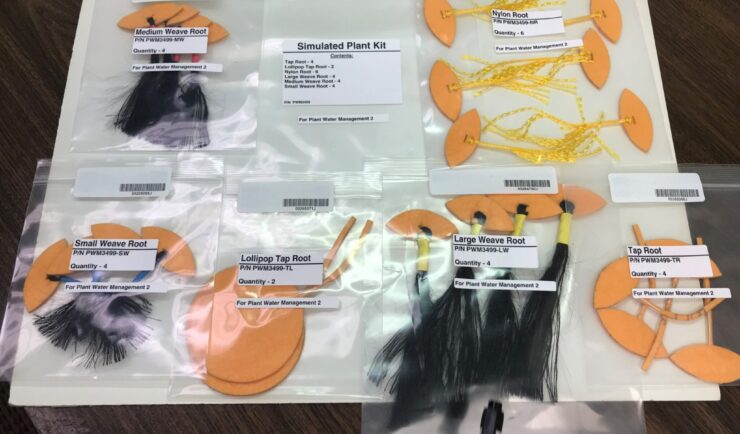- CSS News, Success Stories
- Safety, Health, & Environmental Compliance
Employees Receive Green Sustainability Award of Excellence
Congratulations to our team supporting the Center for Disease Control (CDC) for receiving the Green Sustainability Award of Excellence. Our team led the charge helping CDC to upgrade their spill cabinets across all campuses (Atlanta, GA; Fort Collins, CO; San Juan, PR), which now include a more sustainable material called Trivorex ®. This highly absorbent substance helps neutralize chemicals, reducing human risk. Not only is Trivorex ® better for the environment, it is also more durable with a longer life span. Our team took the lead in preparing 155 cabinets, then distributing 135 throughout the CDC campuses. By purchasing the material in bulk, the team is saving the client 58% in purchasing and shipping costs. This was a massive undertaking that our team of experienced safety specialists was able to execute in a timely manner. In addition, with the estimated savings on waste removal, the cabinets will pay for themselves within two years. As an added bonus, our team helped upgrade the spill cabinet’s gloves to give laboratorians better dexterity and comparable protection at a reduced cost. The orange Nitrile gloves pictured below are twice the thickness of a normal Nitrile surgical glove, and provide good protection for poisons, acids and bases. The clear gloves were designed for NASA to use for solvents which are used heavily by CDC’s laboratorians. Combined, these new gloves save the client even more in material cost.

New spill cabinet.

Trivorex ® (lower left) a chemical neutralizer now included in each spill cabinet.

The new gloves are highly protective for a lower cost.
See More CSS Insights

Discovering the Urchin Killer
A diver collects a long-spined sea urchin. Credit: Blake Gardner Our employee owners were recently part of a team of detectives on a mission to discover the killer of long-spined sea urchins, Diadema antillarumy, throughout the Caribbean Sea. The infected urchins lose their spines, leaving them more vulnerable to predation or dying after a few…

Astronauts Conduct Latest Plant Water Management on the International Space Station
NASA recently performed the sixth iteration of the CSS-supported Plant Water Management experiment on the International Space Station (ISS).

Expanding our Waste Management Contract
We’ve recently expanded our waste management contract with the Centers for Disease Control and Prevention (CDC). Our staff now support CDC in Fort Collins, Colorado. As part of this project, our employee owners ensure hazardous waste from laboratories and florescent and halogen light bulbs is managed, stored, and disposed of properly. For over 13 years…
